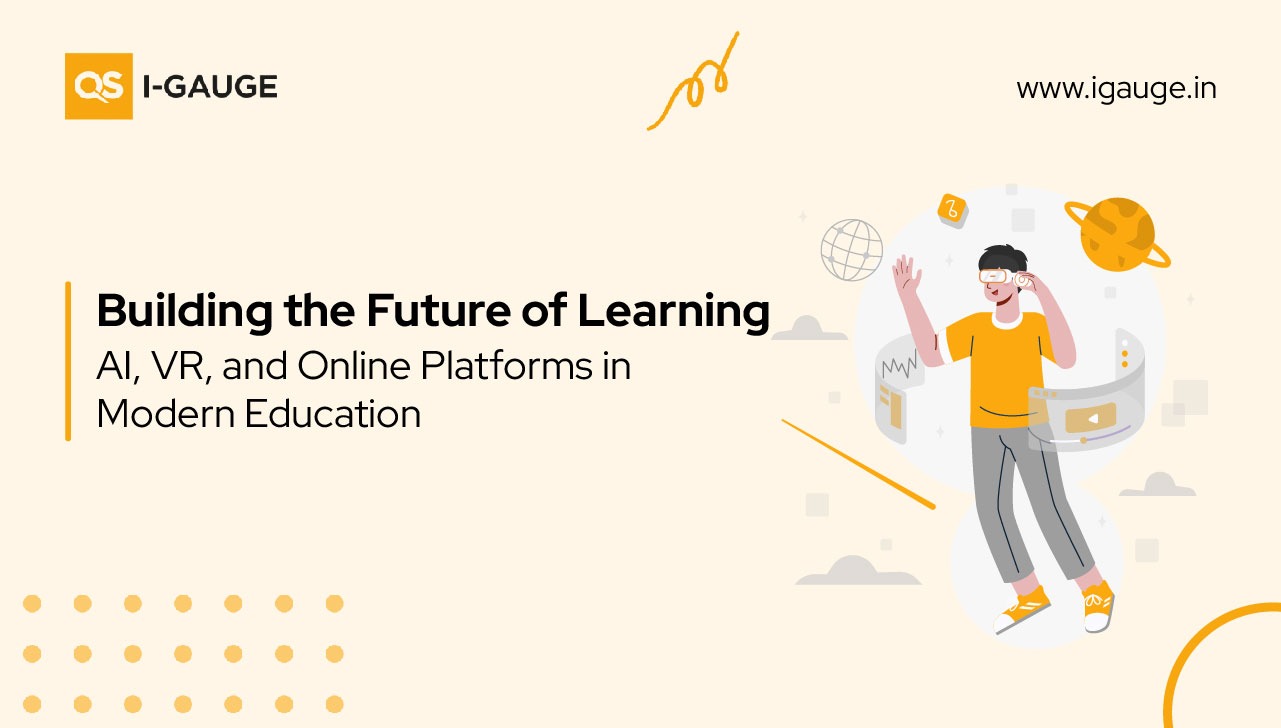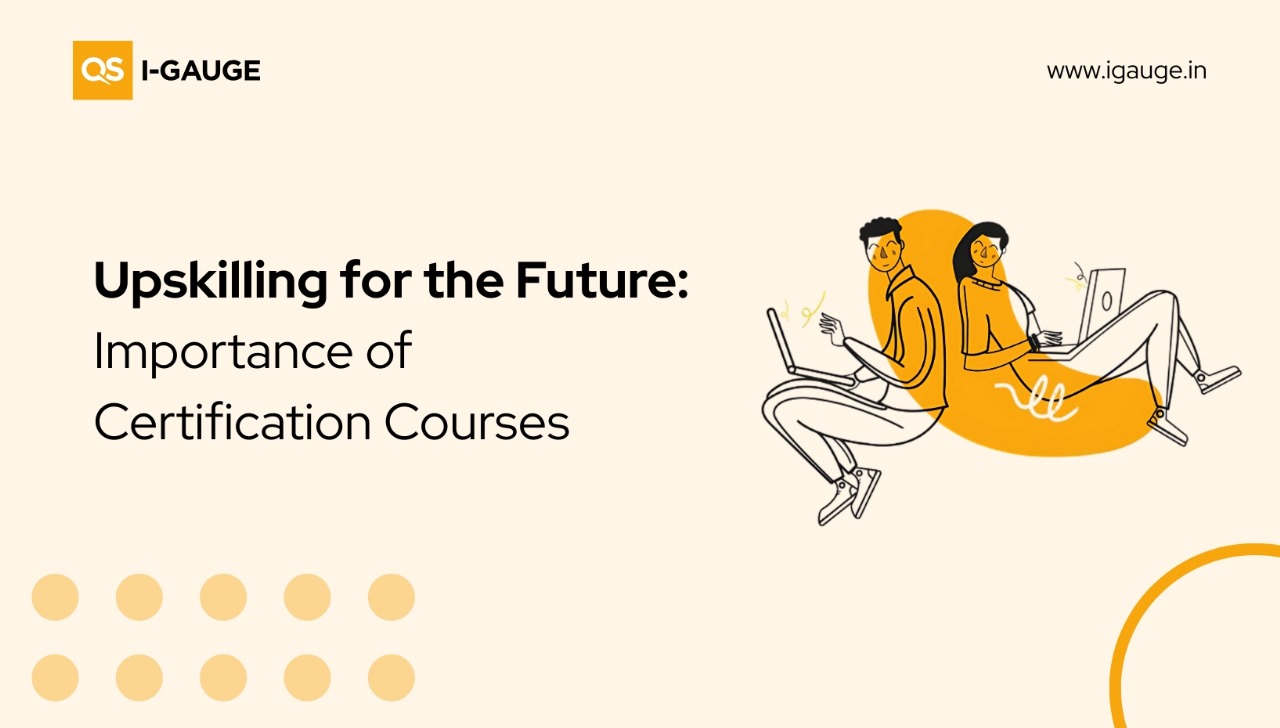
Social media has become integral to students' lives, impacting their educational experiences, social connections, and mental well-being. It has profoundly altered the educational landscape, offering both opportunities and challenges for students and educators alike.
The most popular social media platforms in 2024 include Facebook, YouTube, WhatsApp, Instagram, *TikTok, WeChat, Facebook Messenger, Telegram, Snapchat, and Douyin. These diverse platforms of social media have changed the way we communicate and share information.
However, in the field of education, although it has emerged as a valuable tool, providing numerous benefits, it is not without certain challenges.
Let us first look at some of the positive aspects of social media in education
1. Better communication and collaboration - The era of isolation among students, teachers, and peers is behind us, thanks to social media. Now, they can effortlessly collaborate through continuous communication. With access to professors and resources from around the globe, the overall learning experience can be significantly enriched.
2. Access to a wealth of information – Students can access a wide range of educational material on social media, including:
A. YouTube tutorials covering instructional material on almost every academic subject.
B. Access to live lectures and seminars, and real-time discussions hosted by educators or subject-matter experts. Platforms such as Facebook Live, Instagram Live, YouTube Live, and videos and reels support such content. Further, discussion forums and threads are available to students on platforms like Twitter (X), Reddit, etc.
C. Students can read educational blogs and research articles on platforms such as LinkedIn and Medium.
D. Spotify, Apple Podcasts, etc., provide discussions on various subjects, interviews with experts, and insights into current events.
E. Platforms such as LinkedIn and Skillshare provide access to complete courses on various subjects, including video lectures, assignments, and certificates upon completion.
3. A great place for artistic/creative expression and for building connections - Social media serves as an excellent platform for students to display their talents, be it in art, music, writing, coding, or academic accomplishments. Platforms such as Instagram, *TikTok, and YouTube enable students to share their creative endeavours, performances, and projects with a worldwide audience, allowing them to gain valuable exposure and feedback. By engaging with peers and industry professionals, students can enhance their skills, collaborate, and even establish their personal brand. This dynamic and accessible environment allows students to shine a spotlight on their unique abilities and creativity.
4. Advocating thoughts and views - Social media gives students the power to advocate for causes and highlight significant issues. Platforms such as Twitter, Instagram, and *TikTok enable them to share information, coordinate campaigns, and connect with a worldwide audience on subjects like climate change, mental health, and social justice. By utilising hashtags, producing educational content, and partnering with influencers or advocacy organisations, students can enhance their voices and make a meaningful impact. Social media empowers them to spark conversations, inspire change, and rally support for the causes they are passionate about.
Case studies
A. In a visually focused classroom, students created class-specific Instagram accounts to practice storytelling through photos and graphics, especially effective in photojournalism. These initiatives can promote creativity and boost digital literacy through peer and instructor feedback.1
B. A biology teacher in Bergen County engaged students by assigning debates on meiosis via Twitter (X) with a specific hashtag. This creative approach helped students condense complex concepts into concise messages, enhancing understanding and making learning enjoyable. 2
C. Cambridge University leveraged TikTok to promote user-generated content by encouraging students to share their experiences. A video from The tab highlighted students' typical study hours, generating significant engagement and comments. This strategy showcased student life and enhanced community interaction through authentic content. 3
D. In Brazil, limited access to formal education drives many to YouTube for learning. The platform provides essential tutorials and lectures, bridging gaps in traditional education, especially for low-income families. 4
E. Many educators use Facebook Groups for communication with students, creating dedicated spaces for course updates, discussions, and resource sharing. This strategy effectively maintains engagement and keeps students informed about important information. 5
The challenges
1. Students are increasingly disengaged from personal connections and reading, relying more on social media for communication and entertainment. This shift reduces face-to-face interactions and deep reading, replaced by instant gratification from scrolling and short videos. Further, they are constantly influenced by online lifestyles and glamorous images, leading to comparisons with others and pressure to conform to social standards, which can result in anxiety and depression.
2. Although social media offers a wealth of information, not everything available is reliable. Students may encounter misinformation or unverified sources, which can impact their learning and hinder critical thinking skills.
3. Excessive consumption of online content, particularly before bedtime, can interfere with sleep patterns and hinder restful sleep. Inadequate or poor-quality sleep can negatively impact daily functioning in school or college and diminish cognitive abilities. It is also seen that students frequently get caught up in scrolling through social media feeds rather than concentrating on their studies, which results in lower academic performance and attention difficulties during class hours.
4. Students who share personal information or participate in online discussions may encounter privacy risks. Common concerns linked to social media platforms include data breaches, cyberbullying, and the unauthorised use of personal information.
Case studies
A. A study conducted by the Stanford History Education Group revealed that numerous students find it challenging to assess the credibility of online sources, which contributes to the dissemination of misinformation. This often leads to misunderstandings and distorted perceptions of various topics, especially in fields such as politics and health. 7
B. A study carried out by researchers at the University of Chicago discovered that students who utilised Facebook tended to have lower grades than those who refrained from using the platform. The researchers linked this outcome to the distracting qualities of social media and its potential to disrupt cognitive functions.8
C. A research article featured in the Journal of Adolescence revealed that teenagers who frequently engage with social media reported increased levels of depressive symptoms. The study also emphasised the impact of "FOMO" (fear of missing out), which can intensify these negative feelings.9
In essence
Social media can significantly enrich the educational experience, but it also presents certain challenges. To fully leverage its advantages, educators and parents need to help students use social media responsibly, guiding them in effectively navigating its benefits and drawbacks.
Disclaimer:
The blog is curated by referring to various credible sources and does not necessarily reflect the opinions or positions of QS I-GAUGE. The information provided is for general informational purposes only, readers are advised to conduct their own research and seek professional advice before making any decisions.
*Note: TikTok has been banned in India since June 2020, and since January 2021, the ban has become permanent.
Read more:
https://kahedu.edu.in/the-impact-of-social-media-on-college-life/
https://www.krmangalam.edu.in/the-impact-of-social-media-on-education-and-learning/
https://www.vupune.ac.in/blog/vishwakarma-university-social-media-impact-relationships
https://sproutsocial.com/insights/social-media-for-education/ 1 & 5
https://csic.georgetown.edu/magazine/social-media-reshaping-todays-education-system/ 2
https://www.ucl.ac.uk/why-we-post/discoveries/2-social-media-is-education 4
https://drascoedu.com/blog/the-impact-of-social-media-on-students-and-education/ 7 & 9




